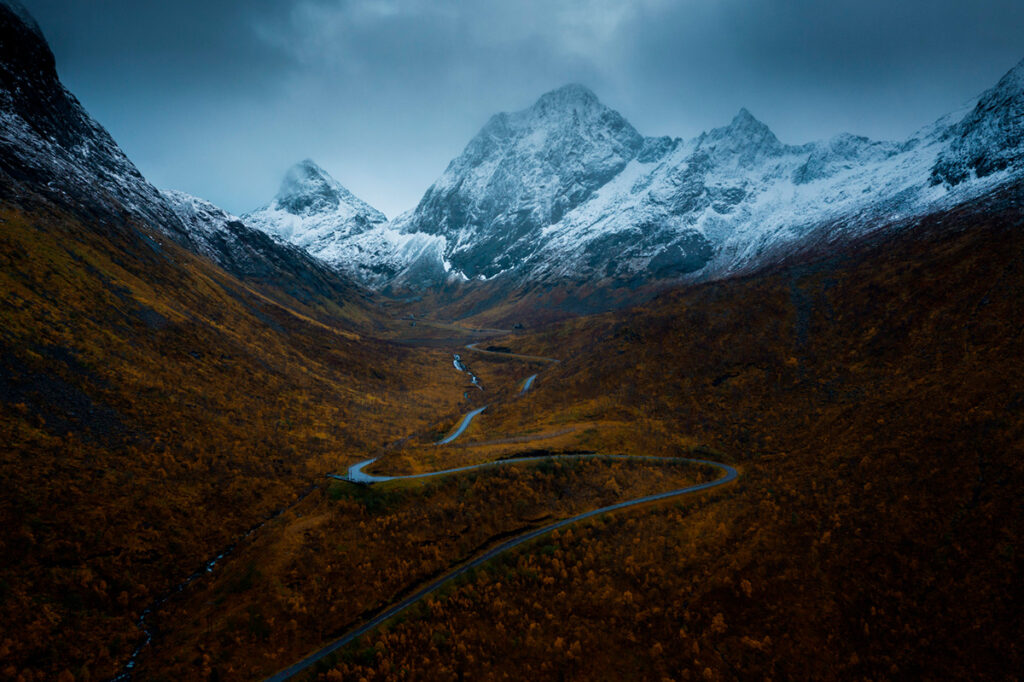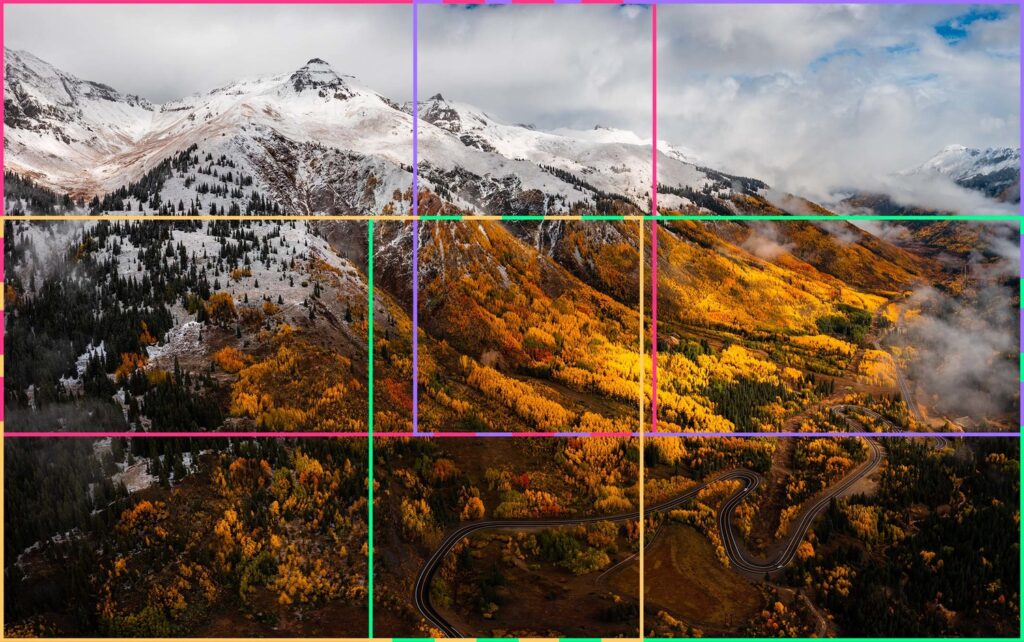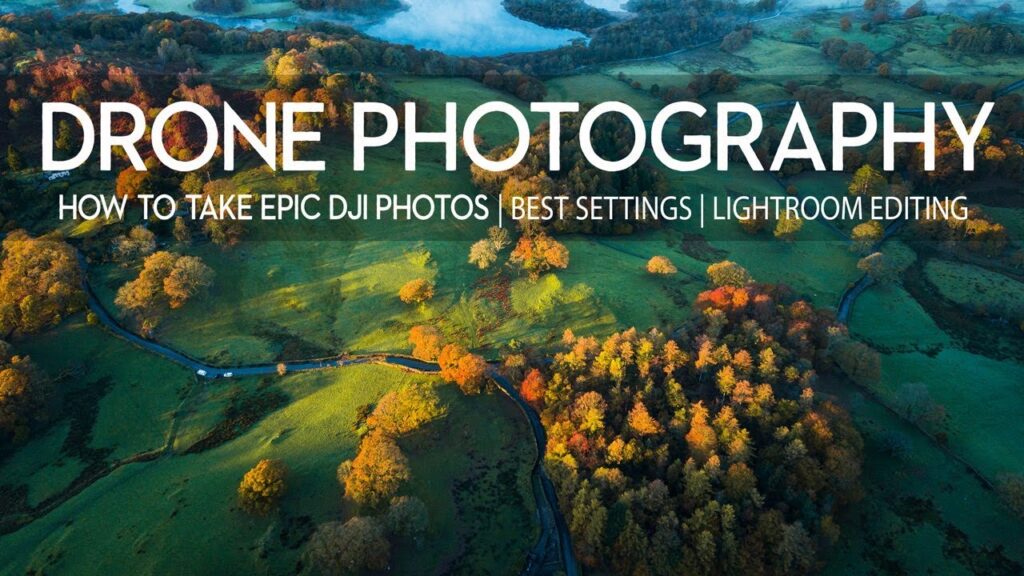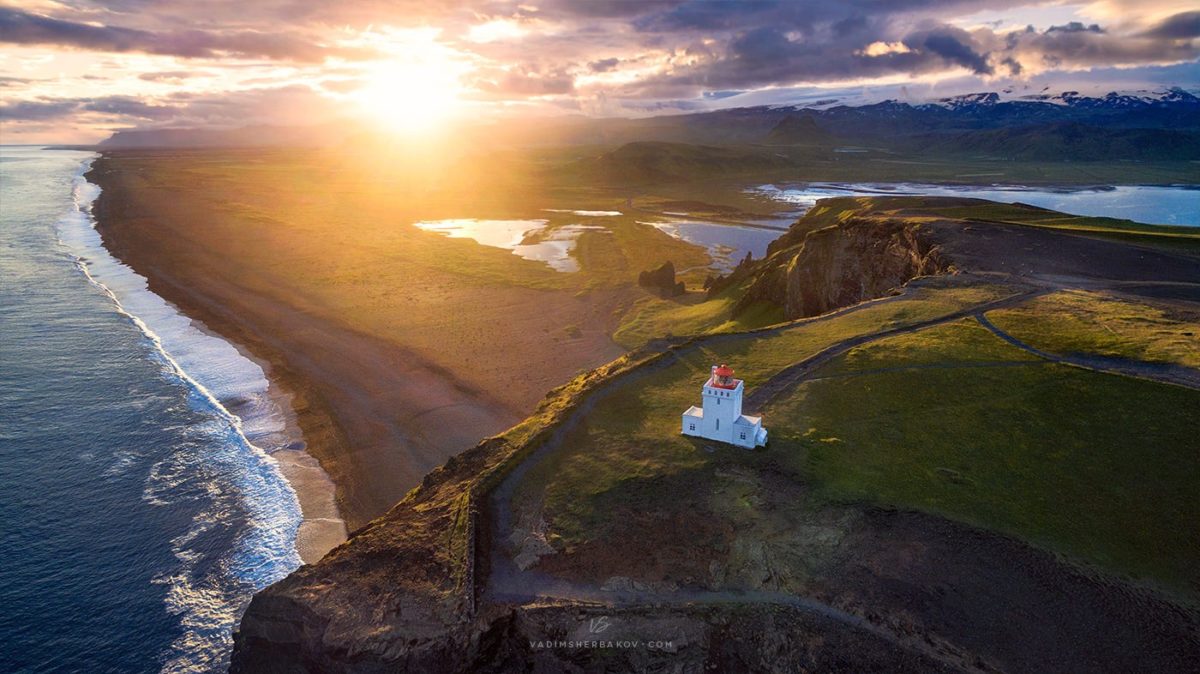What Are The Best Practices For Photographing Landscapes With A Drone?
Introduction
Photographing landscapes with a drone can provide stunning and unique perspectives that traditional photography cannot achieve. However, it also comes with its own set of challenges. In this article, we will discuss the best practices for capturing beautiful landscape shots with a drone. Whether you are a beginner or an experienced drone photographer, these tips will help you take your aerial photography skills to the next level.
Getting Started
To capture breathtaking landscape shots with a drone, you need to start with the right equipment. Make sure you have a high-quality drone with a camera that can capture high-resolution images. Familiarize yourself with the drone’s controls and settings before lifting off.
Choosing the Right Location
When it comes to drone photography, location is key. Look for scenic spots with interesting landscapes, such as mountains, rivers, forests, or coastlines. National parks, nature reserves, and rural areas are great places to capture stunning aerial shots. Make sure you are familiar with any regulations or restrictions in the area before flying your drone.
Planning Your Shoot
Before heading out to capture landscape shots with your drone, it is essential to plan your shoot. Check the weather forecast to ensure optimal lighting conditions. Consider the time of day and the position of the sun for the best lighting. Use mapping tools to scout the area and identify potential take-off and landing spots.

This image is property of www.capturelandscapes.com.
Composition Techniques
Creating visually appealing landscape photos with a drone requires careful attention to composition. By following some basic composition techniques, you can elevate your drone photography skills.
Rule of Thirds
The rule of thirds is a fundamental principle in photography, including drone photography. Divide your frame into nine equal sections with two horizontal and two vertical lines. Place key elements of your landscape shot along these lines or at the intersections to create a more balanced and visually appealing composition.
Leading Lines
Leading lines are a powerful compositional tool that can guide the viewer’s eye through the image. Look for natural elements such as roads, rivers, or trees that can act as leading lines in your landscape shots. Position your drone to capture these lines and create depth and perspective in your photos.
Symmetry and Patterns
Symmetrical landscapes, such as reflections in water or rows of trees, can create striking and harmonious compositions. Look for patterns and repetitive elements in the landscape to add visual interest to your photos. Experiment with different angles and perspectives to capture these symmetrical and patterned landscapes effectively.
Camera Settings
Understanding and adjusting your camera settings is crucial for capturing high-quality landscape shots with a drone. By mastering your camera settings, you can control exposure, focus, and other key aspects of your aerial photography.
ISO
The ISO setting determines the sensitivity of your camera’s sensor to light. In bright daylight conditions, use a lower ISO to prevent overexposed images. Increase the ISO in low-light situations to capture well-exposed shots without motion blur.
Shutter Speed
Shutter speed controls the amount of time the camera’s shutter remains open to capture light. For landscape photography, use a slower shutter speed to create motion blur in moving elements such as flowing water or moving clouds. Experiment with different shutter speeds to achieve the desired effect in your landscape shots.
Aperture
Aperture controls the amount of light that passes through the camera lens. A wider aperture (lower f-stop number) creates a shallow depth of field, blurring the background and focusing on the main subject. In landscape photography, use a narrower aperture (higher f-stop number) to ensure that the entire scene is in focus.

This image is property of cdn.fstoppers.com.
Capturing Movement
Adding movement to your landscape shots can create dynamic and compelling images. Explore different techniques to capture movement with your drone and enhance the visual interest of your photos.
Panoramic Shots
Panoramic shots are a great way to capture vast landscapes and panoramic views with a drone. Use the panoramic mode on your drone or manually capture multiple overlapping shots to create stunning panoramic images. Pay attention to the horizon line and ensure that each shot overlaps with the previous one for seamless stitching.
Time-Lapse Photography
Time-lapse photography is a creative way to capture the changing light and movement of the landscape over time. Set up your drone to capture a series of images at regular intervals and combine them into a time-lapse video. Experiment with different intervals and durations to create visually captivating time-lapse sequences.
Post-Processing Tips
After capturing landscape shots with your drone, post-processing can help enhance and refine your images. By using editing software, you can adjust exposure, colors, and other elements to achieve the desired look for your photos.
Color Correction
Adjusting the colors of your landscape shots can significantly impact the overall mood and tone of the image. Use editing software to adjust the white balance, saturation, and contrast to enhance the colors in your photos. Experiment with color grading to create a unique and visually appealing style for your aerial shots.
Exposure Adjustment
Fine-tuning the exposure of your landscape photos can help bring out details in the highlights and shadows. Use editing software to adjust the exposure, brightness, and contrast of your images for a well-balanced and visually appealing final result. Pay attention to preserving the details in both bright and dark areas of the image.
Cropping and Straightening
Cropping and straightening your landscape shots can improve the composition and visual impact of the image. Use the crop tool to eliminate distractions and focus on the main subject of the photo. Straighten the horizon line and adjust the composition to create a more balanced and visually appealing final image.

This image is property of i.ytimg.com.
Safety and Regulations
When flying a drone for landscape photography, it is essential to prioritize safety and comply with regulations to avoid accidents and legal issues. Familiarize yourself with the following safety tips and regulations for drone photography:
Fly Responsibly
Always fly your drone responsibly and consider the safety of others around you. Avoid flying near airports, crowded areas, or restricted airspace. Maintain a safe distance from people, buildings, and wildlife to prevent accidents and ensure a safe flying experience.
Know the Regulations
Before flying your drone for landscape photography, familiarize yourself with the regulations and restrictions in your area. Check for any no-fly zones, altitude restrictions, or permits required for drone flight. Follow the rules and guidelines set by aviation authorities to fly legally and responsibly.
Stay In Control
Maintain line of sight with your drone at all times and avoid flying in poor visibility conditions. Keep your drone within visual range to prevent loss of control and ensure safe flight. Be mindful of environmental conditions such as wind, rain, or obstacles that may affect your drone’s performance.
Conclusion
Capturing stunning landscape shots with a drone requires careful planning, skillful technique, and creative vision. By following the best practices outlined in this article, you can elevate your aerial photography skills and create captivating images that showcase the beauty of the natural world. Experiment with different composition techniques, camera settings, and post-processing methods to develop your unique style and take your drone photography to the next level. Remember to prioritize safety and comply with regulations when flying your drone for landscape photography. Happy flying and happy shooting!
This image is property of ipt.imgix.net.


